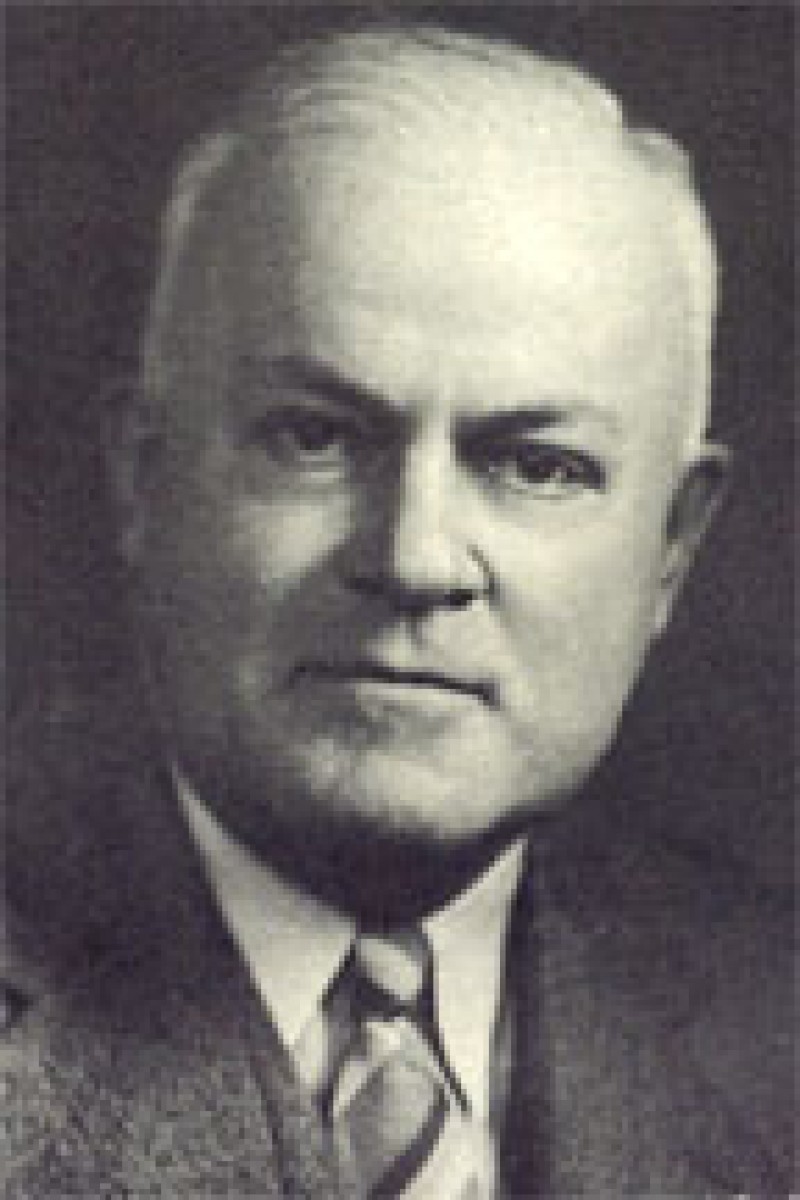James Garfield Stewart
James Garfield Stewart joined the Supreme Court of Ohio as the 109th Justice and, in the words of former Supreme Court Justice James F. Bell, possessed a “sharp legal mind that cut through to the meat of a legal issue real quick.”
Stewart was born on Nov. 17, 1880, in Springfield to James E. and Mary Durbin Stewart. He graduated in 1902 from Kenyon College. Stewart enrolled at Cincinnati Law School later that year and earned a law degree and admission to the Ohio bar in 1905. Stewart returned to Springfield and opened a private practice, but only stayed for three years before moving to Cincinnati in 1908 to join a law firm that included Judges Ferdinand Jelke Jr. and Hugh Nichols. He remained in local private practice for 25 years before beginning service as a Cincinnati councilman in January 1934.
In 1938, Stewart assumed the ceremonial duties of mayor, a job that he performed with zeal until 1947. Stewart possessed a politician’s memory for names and thoroughly enjoyed walking Cincinnati’s downtown streets for the chance to talk to local citizens.
Gov. Thomas J. Herbert nominated Stewart to succeed fellow Cincinnatian Charles S. Bell to a seat on the Supreme Court on March 5, 1947. Stewart ran unopposed in the November 1948 general election to complete the remaining four years of Justice Bell’s term. He campaigned successfully for election to a full six-year term in November 1952, defeating Kenneth B. Johnston. Stewart returned to the Supreme Court in November 1958 for a second six-year term by defeating Merrill D. Brothers.
Stewart’s opinions are often brief, quickly come to a conclusion and are grounded in case law.
One example is the case of Gedra v. Dallmer, Co. (1950). On Nov. 26, 1946, Anna Gedra and her sister attended a movie at Youngstown’s Palace Theater. Before entering the theater, Gedra and her sister stopped to buy boiled ham and Italian sausage that they took into the theater. Gedra placed the securely wrapped meat on the theater seat beside her. During the movie she heard rustling and crackling in the seat where the meat was placed. When she reached over and touched the package she was bitten or scratched on the hand. Gedra filed suit, alleging the company was negligent and permitted the movie theatre to be unsafe because it failed to prevent rats from infesting the theater. Both the Mahoning County Court of Common Pleas and the appeals court found for Gedra. The Dallmer Company appealed to the Supreme Court.
Stewart found that the appeals court erred when it affirmed the decision of the common pleas court to accept the testimony of the witness who testified to a previous rat bite and rejected the defendant’s motion for a directed verdict. Stewart wrote that the testimony to the previous rat bite in July was too remote from the November event and should not have been accepted by the trial court. He also found that the weight of the evidence that was introduced at trial failed to prove that the Dallmer Company had not exercised ordinary care to render the premises reasonably safe. Justice Stewart found it was just as probable that the rat came from outside the theater as from inside an unsafe theater that was negligently maintained.
Stewart and Harriet L. Potter, who met while he was a student at Kenyon College and she attended the Harcourt Place School for Girls (a part of the Kenyon campus), were married in 1911. They later divorced.
Stewart died on April 3, 1959, the day after a speech to the Kentucky Bar Association. Funeral services for Justice Stewart were held in Cincinnati’s Christ Church on April 6, 1959. Burial took place in Springfield.

b. Nov. 17, 1880
d. April 3, 1959
109th Justice of the Supreme Court of Ohio
TERM
Mar 5, 1947
to Apr 3, 1959
